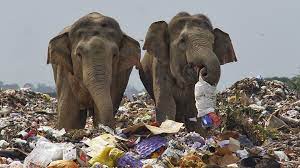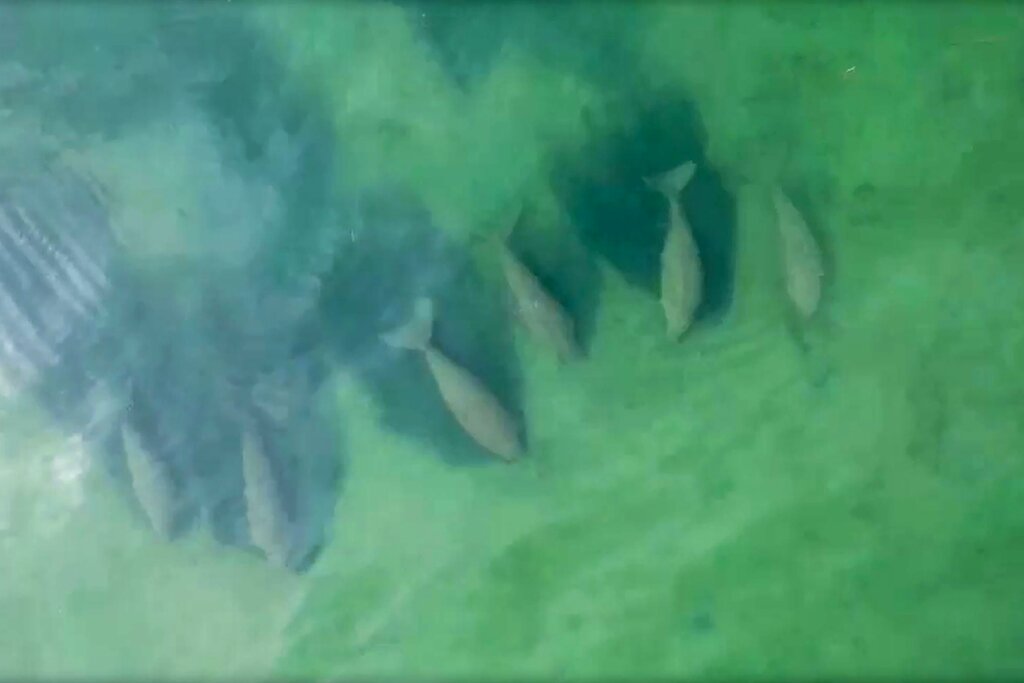Unfortunately, in many parts of the world wild animals and humans are coming closer and closer in where they live. Due to our wasteful lifestyle, our leftovers can provide good pickings for wildlife though this often leads to conflict.


Wildlife and conservation new, wild travel information and links for booking
Unfortunately, in many parts of the world wild animals and humans are coming closer and closer in where they live. Due to our wasteful lifestyle, our leftovers can provide good pickings for wildlife though this often leads to conflict.

The asiatic lion only continues to exist in the For national park. When this area was first protected, the lion population had fallen very low, some saying a matter of only a couple of dozen remaining members. In the 50 or so years since the population has multiplied well. Now are said to be around 400, spread across 1 contiguous protected area (under a number of different authorities – Gir Sanctuary, Gir National Park, Pania Sanctuary, Mitiyala Sanctuary, and Girnar Sanctuary. The first 3 form the core, with the others lying within dispersal range.

The problem is at these three have a combined area of about 561 square miles, which is an incredibly high density for lions.
Continue reading “Asiatic lions are found in only one place, yet local government authorities refuse to move any”In the papua region of Indonesia, this company has started clearing rainforest, on indigenous ancestral land. The project is already mired in many issues, from suspicion that the permits are false and the way that the offshore investor has been kept secret.
However, while it is often only legal to get a permit from the main government, in practice it is recognised that prior and informed consent should be got from the local population. This is often skipped, as central governments will often use these ways to clear land from indigenous people allowing them to have more control over the entire country.

The Coronavirus is thought to have emerged in one of the wet markets of Wuhan, China. Much of what went on in these markets was never fully legal. Indeed this $13 billion a year trade has often operated in the grey areas of the law.
However, it has become clear that these are actually rather dangerous. It is one thing to enter a wild area to see the animals that live there. However it is something quite different to go in and kill animals to eat. These wild areas often harbour odd viruses or bacteria and by taking animals alive or dead out of these ecosystems you bring out these threats so that we can contract the illness.
Continue reading “What to do about the wild animal market in China”These statements have been made before, however the Chinese president has reaffirmed them over video-link to the UN general assembly. Currently responsible for around 28% of world emissions this is highly encouraging.
In the past China has agreed to its peak emissions point, but not to its carbon neutral point.
Continue reading “China has stated that they will aim to hit peak emissions by 2030 and carbon neutrality by 2060”A study has been examining the range of the Tapanuli orangutan and has concluded that they are currently found in only 2.5% of their historic range, having lost the rest of their range to hunting and habitat loss.

While increasing amounts of land is given to wildlife in southern Africa and the lion population grows, unfortunately in east and central Africa the opposite is happening.
Unfortunately in west and central Africa, the lions (many of these lions are orphaned relict populations of the Asiatic lion, and therefore highly important) tend to live in fragmented and small groups cut off from others of their kind. If humans can reconnect these populations then the dramatic decline that is expected in this region, could be halted.
Continue reading “Lion population expected to half in the wild during the next 15-20 years”Palm oil is a wonder material. Being used in a vast range of different products, it is almost impossible to avoid it in the west. Why should we try? because it has been the cause of much of the rainforest destruction on Sumatra, Borneo and lately even in the last great rainforests of west Africa.

I wrote the other day, about the ability of brewing palm oil, rather than creating huge estates to grow it. Perhaps these two issues could be combined to solve both problems
Well a few months ago, Indonesia changed its regulations which would allow large areas of protected land to be cleared for food production.
Continue reading “Indonesia has recently changed its rules, designating large areas once protected forests for food production”Dugongs, a close relation of the sea cow, have not done well over the last few centuries. In places like Australia they still live in large numbers. In places like Thailand though there are only thought to be about 250 remaining.
They particularly dislike motorboats and often get injured by them. The lockdowns have therefore been an incredible gift to these animals, and it is fascinating to see how quickly their behaviour changes where humans are absent.
A drone shot this image
